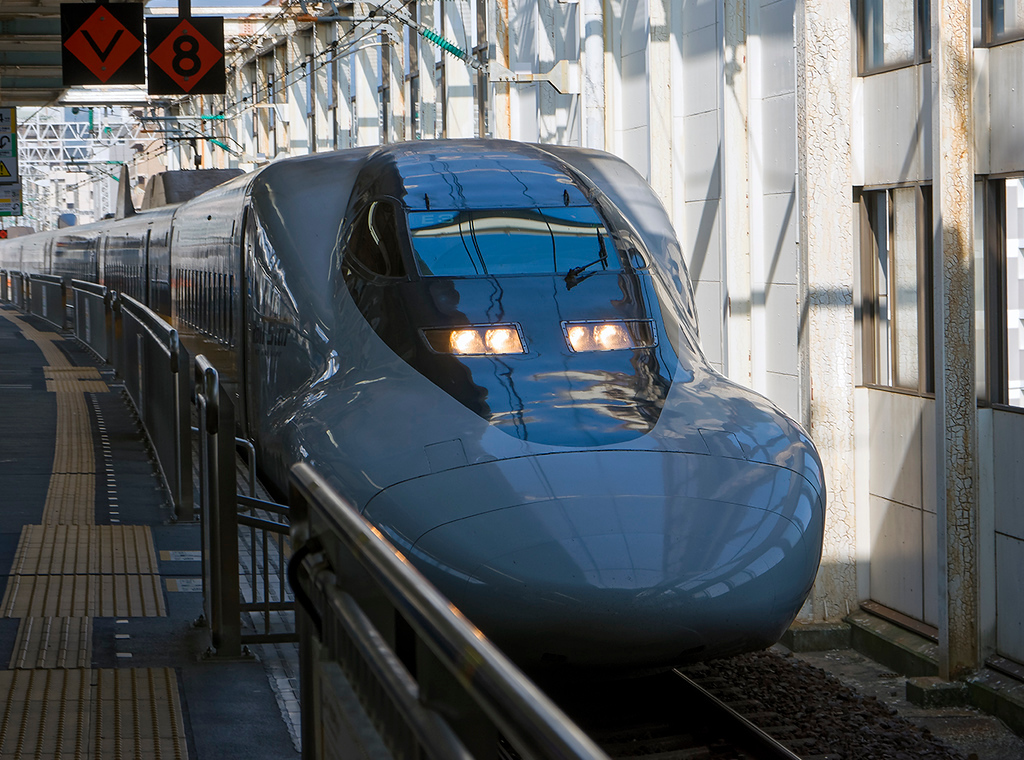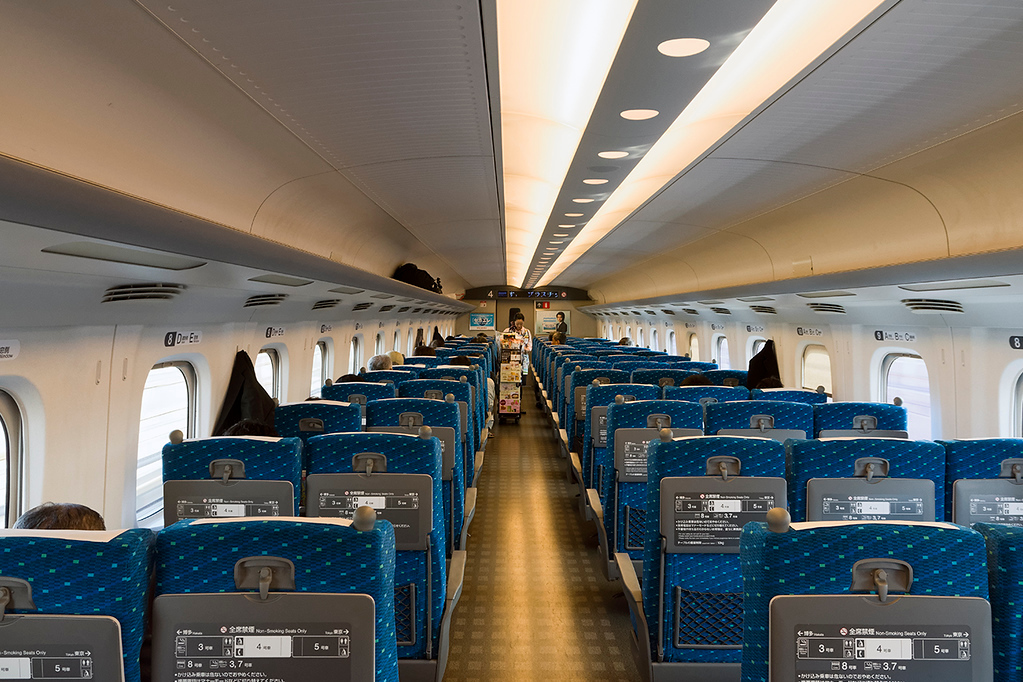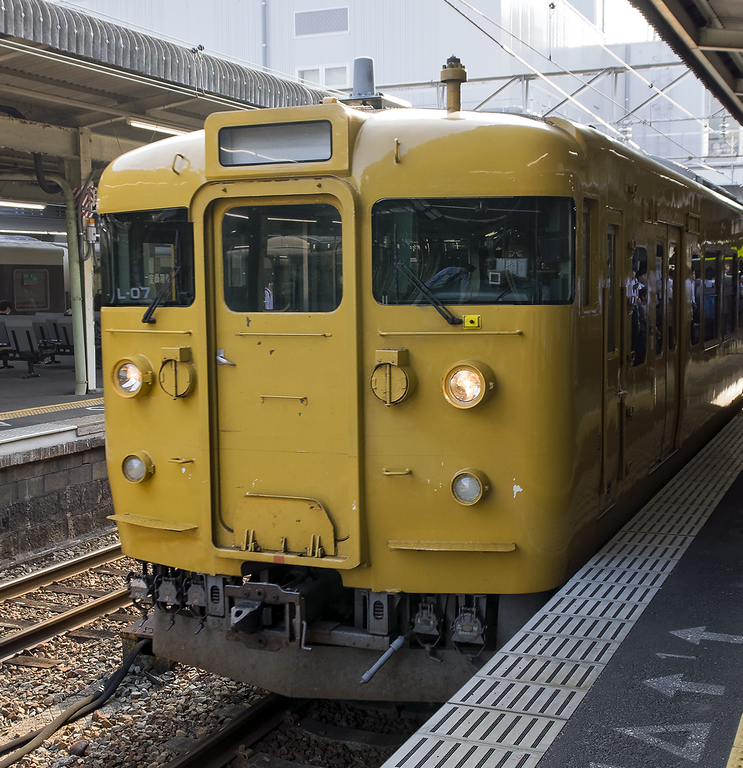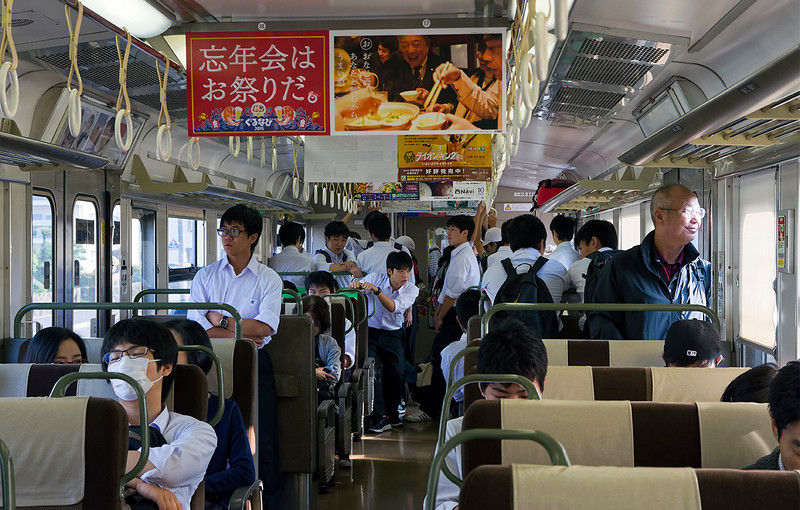Steven,
I did some research. This design was inspired from nature: the Kingfisher’s bill slices into water almost without a sound!
“ Whenever a train sped into a tunnel, it generated atmospheric pressure waves that reached the tunnel exit at the speed of sound. Like a piston in a cylinder, the train was forcing the fluid air out of the other end of the tunnel. The air exited in low-frequency waves (under 20Hz) that produced a large boom and aerodynamic vibrations.
This problem was particularly troublesome because it was tied to both the geometry of the tunnel and the speed of the train. The micro pressure of the wave was in proportion to the ratio of the cross-section of the trainset to that of the tunnel. Moreover, every unit increase in speed was producing an increase in pressure to the power of three.
The design team would have to find a way to redesign the shape of the train to go faster without creating the boom. The key was in preventing the pressure wave buildup by reducing the cross-sectional area of the train and redesigning its nose.
A discussion with a junior engineer prompted Nakatsu to once again search for the answer in nature. The young engineer observed that the test train seemed to “shrink” when it was traveling through the tunnel. Nakatsu reasoned that it must be due to a sudden change in air resistance, from open sky to closed tunnel, and wondered if there was an organism that was adapted to such conditions.
From his birdwatching experiences, Makatsu remembered the kingfisher, a bird that dives at high speed from one fluid (air) to another that is 800 times denser (water) with barely a splash. He surmised the shape of its bill was what allowed the bird to cut so cleanly into the water.”
Read the entire story
here
Now isn’t that amazing!
Asher





